In Bhutan, hydroponic farming is becoming an increasingly popular way. In Bhutan, hydroponic farming is still relatively new, but it has already begun to gain popularity among farmers and gardeners. Hydroponic farming is a solution that uses minimal water, fertilizer, and pesticides while delivering high yields.
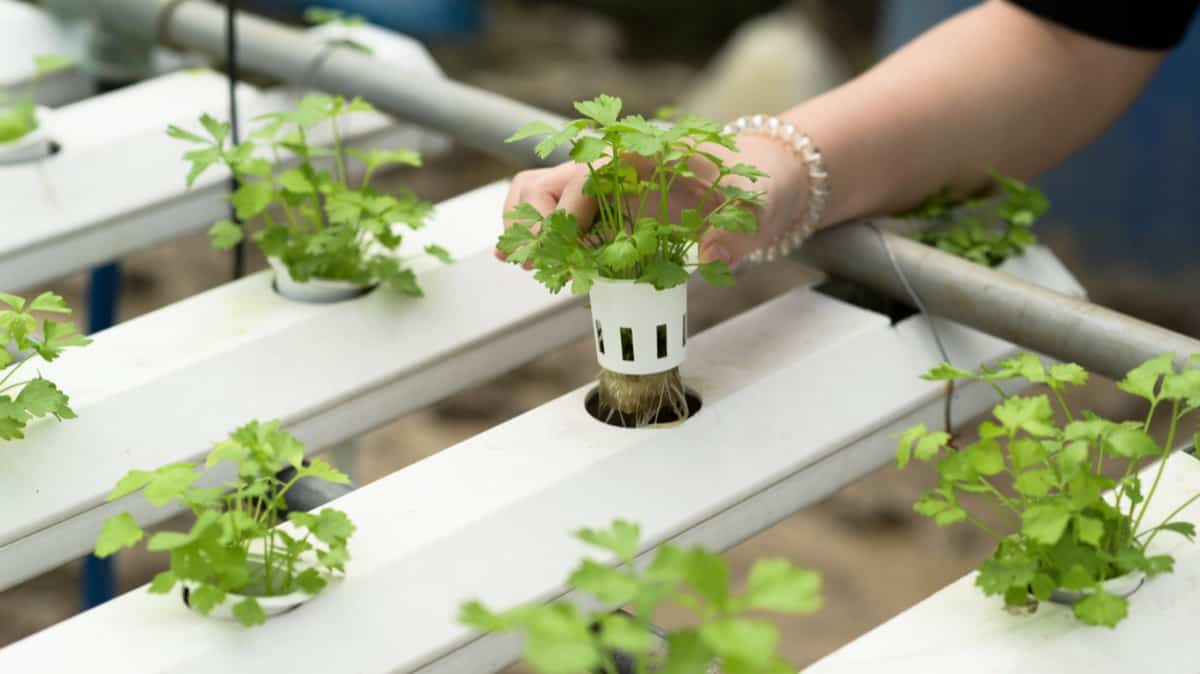
How to Start Hydroponic Farming in Bhutan
What is Hydroponic Farming?
It is a type of agriculture where plants are grown in water instead of soil. This type of farming has many benefits, including the ability to grow plants in a smaller space, using less water, and without the need for chemicals or pesticides. Hydroponic farming also benefits the environment, reducing water and chemicals leaching into the ground and polluting our water supply.
Commercial hydroponic farming in Bhutan has been gaining popularity as a means of earning additional income. The country has a climate and geography that are well-suited for hydroponic farming, and many farmers are now using this method to grow crops such as tomatoes, cucumbers, and peppers.
The Benefits of Hydroponic Farming in Bhutan
- Hydroponic systems use less water than traditional farming methods, and the water used is recycled back into the system. This means there is very little water waste, and farmers can use their land more efficiently.
- Hydroponic systems also require fewer chemicals and pesticides than traditional systems, as the plants are grown in a controlled environment. This reduces the pollution produced and makes hydroponic farms more sustainable in the long term.
- Hydroponic farms can be set up anywhere – even in areas without soil. This means that they can be used to provide fresh food to people in remote areas or to help with disaster relief efforts.
- Understanding and applying proper management strategies will help ensure the farm runs smoothly and produces healthy crops year-round.
In case you missed it: How to Build a Hydroponic Unit with PVC Pipes: DIY in Simple Steps
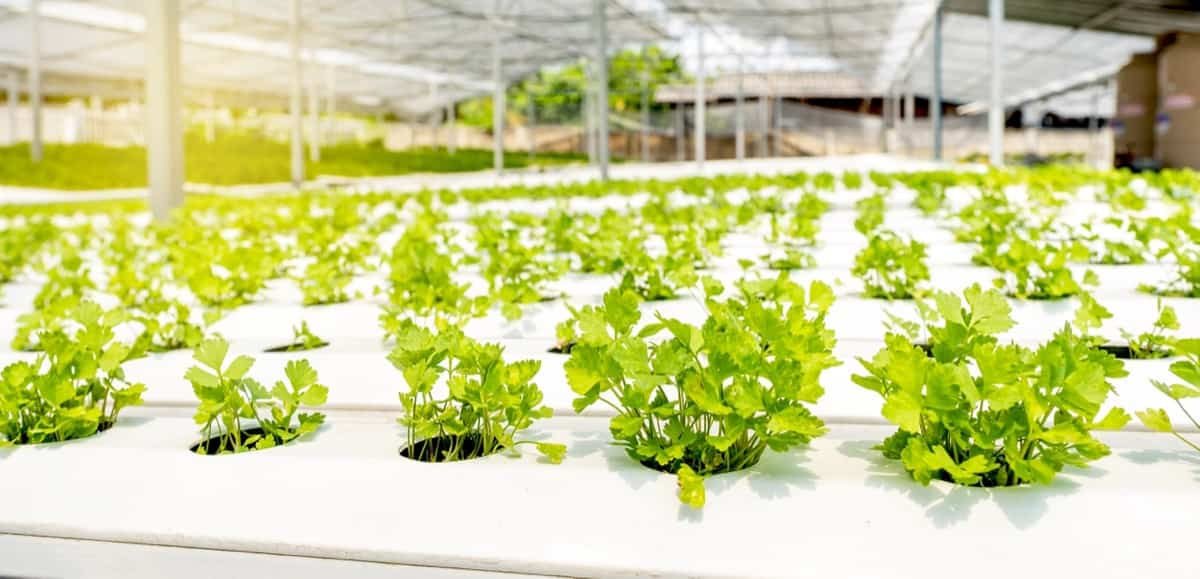
Steps to Create Hydroponic Farming Business Plan in Bhutan
- Choose the right location for your farm. Hydroponic farms can be set up either indoors or outdoors. However, if you plan on growing crops that require a lot of sunlight, choosing an outdoor location for your farm is best.
- Hydroponic farms can be located indoors or outdoors, but there are some important points to remember when choosing a location. Make sure you have enough space for your planned farm and that the location has adequate sunlight and ventilation.
- Make sure you have enough water supply for your farm. One of the key requirements for hydroponic farming is access to a reliable water source. You’ll need to ensure that your farm has enough water for all the plants you plan on growing.
- Choose the right type of hydroponic system for your needs. Many types of hydroponic systems are available on the market, so choosing the one best suited to your needs is important.
- Before you start, it’s important to do your homework about hydroponically farming. Many resources are available online and in libraries to help you get started. When you’re first getting started, it’s best to start with a small system. This will give you a feel for everything and ensure you have all the necessary supplies before expanding.
- Hydroponic farming requires specialized equipment, so investing in quality items that will last is important. This includes things like grow lights, pumps, and irrigation systems.
In case you missed it:
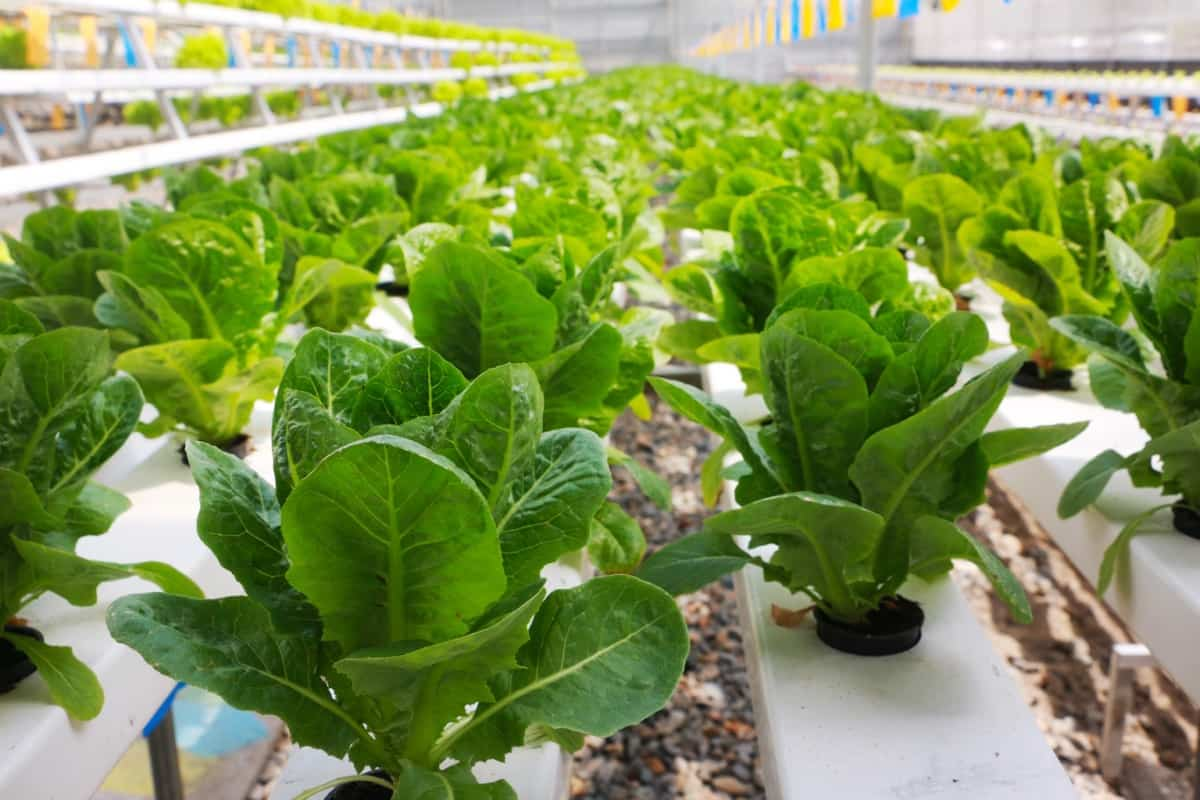
- Plants need access to nutrients like nitrogen, phosphorus, and potassium to thrive. You can provide these nutrients using fertilizers or composting materials like kitchen scraps and manure.
- Once your system is up and running, it’s important to monitor it closely to make sure everything is working properly. This includes checking your water’s pH levels and ensuring your plants get enough light and water.
- Creating a hydroponic business plan is essential but especially important for a new business. Your business plan should include your financial goals, target market, and marketing strategy. A successful hydroponic farm will need a team of skilled workers. Hire employees with experience in agriculture or horticulture and familiar with hydroponic systems.
- Hydroponic farms require special equipment, such as grow lights, nutrient solution tanks, and pumps. You will also need to purchase seeds or starter plants from a supplier specializing in hydroponics. Set up your hydroponic system according to the instructions provided by the manufacturer of your equipment.
Are Hydroponic Farms Profitable?
Yes, hydroponic farms are certainly profitable. Not only do they produce a higher yield per square foot than traditional soil-based farms, but they also use less water and require less land. In addition, hydroponic farms can be located in places otherwise unsuitable for farming, such as urban areas.
Key Rules for starting Hydroponic Framing in Bhutan
- Make sure that you have the proper equipment and set-up for hydroponic farming. Without the right tools, you cannot grow your plants properly. Additionally, you need to have a good understanding of hydroponics and how it works before you start farming.
- Another important rule to follow is to make sure that your plants are getting enough nutrients. For plants to grow properly, they need access to essential nutrients like nitrogen, phosphorus, and potassium. If your plants are not getting enough of these nutrients, they will not be able to thrive. You can provide your plants with nutrients using hydroponic nutrient solutions or adding organic matter to your growing medium.
- You’ll need to find a suitable location for your farm. Choosing a place with ample sunlight and access to water is important. Once you’ve found a location, you must set up your hydroponic system.
In case you missed it: How to Start Hydroponic Farming in Mexico: Key Rules, Business Plan, Setup Cost, Profit, and Requirements
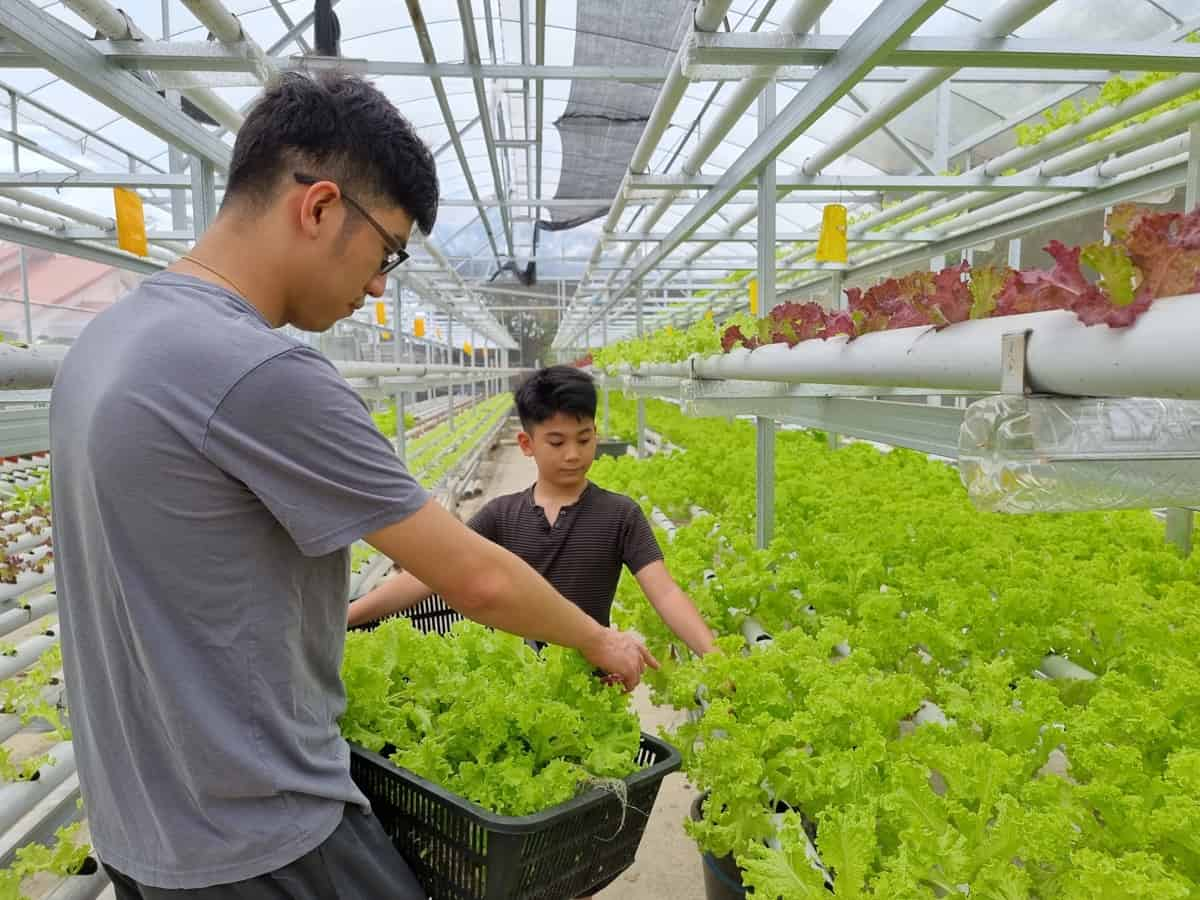
- There are different types of hydroponic systems, so it’s important to determine which one will work best for your needs. Once you’ve chosen a system, you must purchase the necessary equipment and supplies.
- After your system is set up, you must plant your crops. Many hydroponic farms grow leafy greens and herbs, but you can grow any crop well in water-based conditions.
- Finally, you must pay close attention to your plants and check for signs of stress or disease. If you notice anything wrong with your plants, it is important to prevent further damage immediately.
Different Types of Hydroponic Systems in Bhutan
- The common type of hydroponic system is the ebb and flow system, which consists of a reservoir, a pump, and a timer. Ebb and flow systems are simple to set up and maintain. They use a timer to pump nutrients and water to the plants regularly. To operate this system, you fill the reservoir with water and nutrients, turn on the pump, and let it run for a set period. Then, the timer turns off the pump, allowing the water to drain back into the reservoir. This cycle is repeated several times throughout the day.
- Drip irrigation systems are more complex than the ebb and flow systems but less likely to overwater the plants.
- Aeroponics systems use mist or fog to deliver nutrients and water to the roots of the plants. These systems are very efficient but can be expensive to set up.
Requirements to Start Hydroponic Farming in Bhutan
- You will need to obtain a permit from the government. You must purchase the necessary equipment and supplies, including grow lights, hydroponic nutrients, and a water pump.
- You must set up your grow room and construct your hydroponic system.
- Ensure you obtain the necessary permits and purchase equipment to set up your grow room. The grow room should be large enough to accommodate all your equipment and plants. It should also be well-ventilated and equipped with grow lights. Once your grow room is set up, you can begin constructing your hydroponic system.
In case you missed it: Top 17 Potting Soil Mixes for Lillies and Bulbs
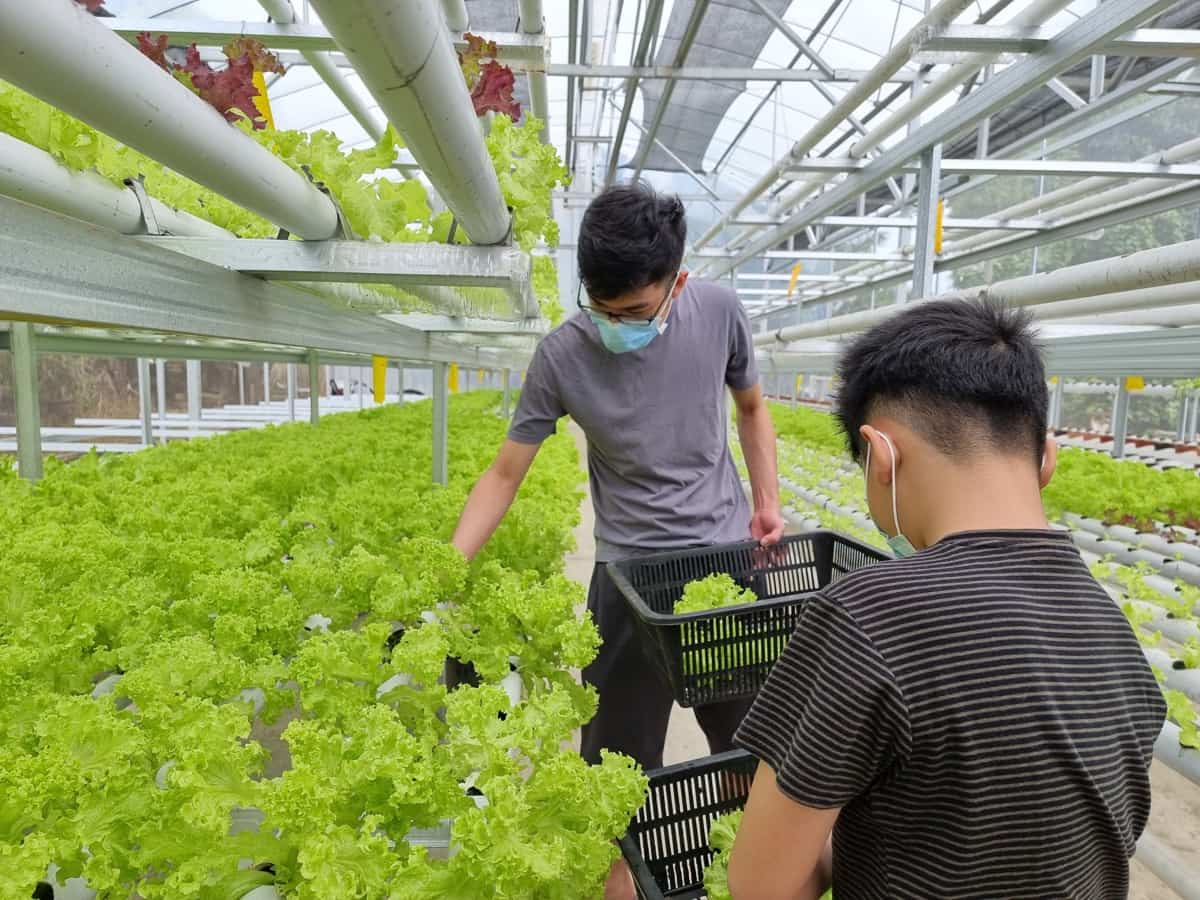
The Management of Hydroponic Farming in Bhutan
- Hydroponic farming in Bhutan is growing plants in water without using soil. This type of agriculture has been practiced for centuries and is still used today in many parts of the world. Hydroponic farming is a great way to grow crops in areas with limited space or soil.
- There are many different ways to set up a hydroponic farm. The most common method is to use PVC pipes or buckets filled with water and nutrients. The plants are then placed in the water and allowed to grow.
- Hydroponic farming requires less water than traditional farming methods. This is because the water is constantly recirculated and reused. There is also no need for pesticides or herbicides, as the plants are grown in a controlled environment.
- The management of hydroponic farms can be complex, but it is important to understand the system before starting one. It is also important to have a reliable source of water and nutrients.
Crops Suitable for Hydroponics in Bhutan
Crops that do well in Bhutan’s hydroponic systems include tomatoes, cucumbers, Peppers, and leafy greens. Tomatoes are a popular fruit in Bhutan, and they can be grown in hydroponic systems in areas with warm climates.
Leafy greens like Spinach, Lettuce, and Kale work well in hydroponics. Herbs such as Basil, Oregano, and Mint can also be grown hydroponically. Some fruits and vegetables that can be grown using hydroponics include Tomatoes, Peppers, Cucumbers, and Strawberries.
Hydroponic Farm Set-Up Cost Bhutan
The set-up cost for a hydroponic farm on one acre of land will be Rs. 10 lakhs to Rs. 20 lakhs. This includes the cost of setting up the infrastructure and buying the necessary equipment. The operating costs are relatively low, as hydroponic farms do not require soil or large amounts of water. However, electricity costs can be high, as pumps and other equipment must be run constantly.
Hydroponic Farming Loans and Subsidies in Bhutan
- The Bhutanese government is committed to promoting hydroponic farming in the country and offers several loans and subsidies to encourage farmers to adopt this type of agriculture.
- In Bhutan, hydroponic farming is a viable and sustainable option for farmers looking to improve their yields. The government of Bhutan offers loans and subsidies to farmers who wish to set up hydroponic farms, making it easier for them to get started.
- You will want to obtain a business license from the Bhutanese government. You can do this by visiting the Department of Trade and Industry website and filling out an application form.
In case you missed it: Top 18 Best Seaweed Fertilizers in India: Benefits and Prices
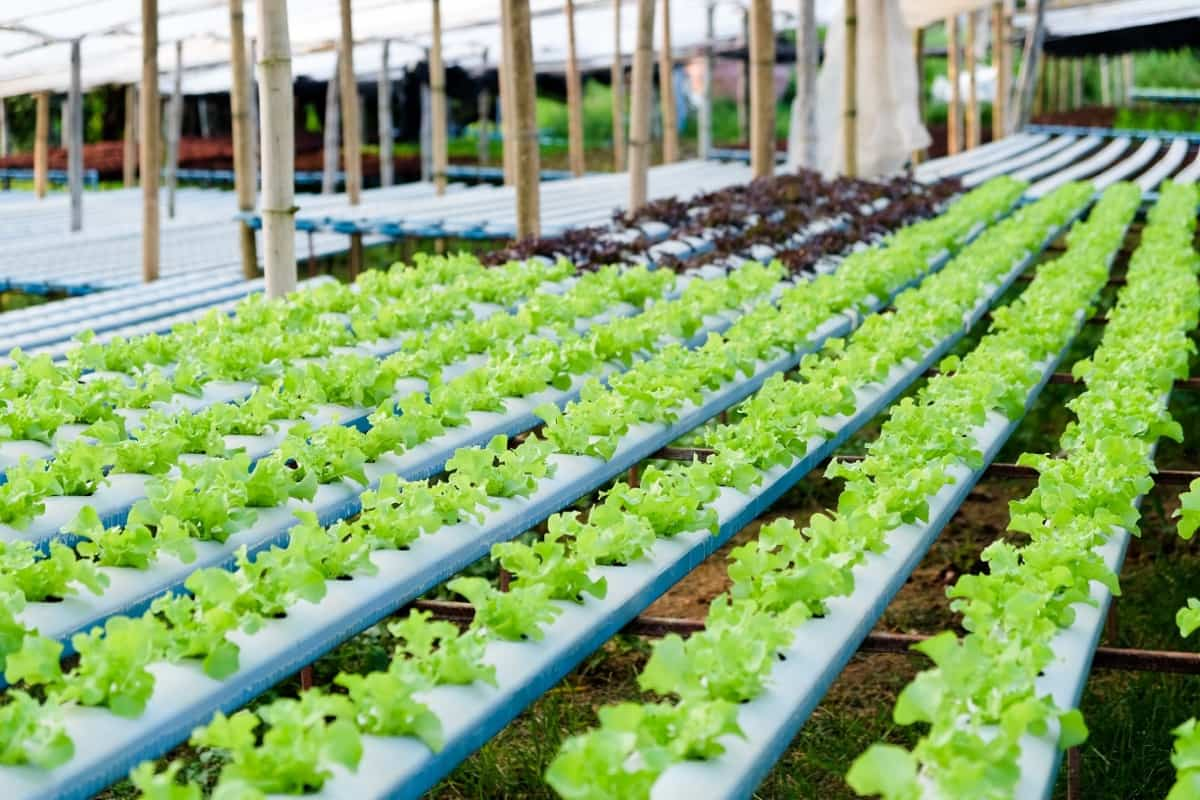
Hydroponic Farming Problems in Bhutan
1) Lack of knowledge and expertise: There is a lack of knowledge and expertise about hydroponic farming among Bhutanese farmers. This can lead to problems with crop management and yield.
2) Limited resources: Hydroponic farming requires a lot of water and electricity. This can be a challenge in Bhutan, where resources are limited.
3) High costs: Hydroponic systems can be expensive to set up and maintain. This can make them out of reach for many Bhutanese farmers.
Hydroponic Farming Challenges in Bhutan
One of the biggest challenges facing hydroponic farmers in Bhutan is access to water. While Bhutan has an abundance of rivers and streams, much of the country’s water is unsuitable for farming due to high levels of sediment and minerals. This leaves farmers dependent on rainfall, which can be unreliable.
Another challenge is electricity, as Bhutan’s power grid is often overloaded or damaged by severe weather events. This can make it difficult to maintain consistent conditions for plants, especially during the hot summer months. Despite these challenges, hydroponic farming offers many benefits for Bhutanese farmers.
Hydroponic systems require less water than traditional farming methods, making them ideal for arid regions like Bhutan. They also allow farmers to grow crops year-round, regardless of season or weather conditions. With proper planning and management, hydroponic farms can provide a reliable source of income and food security for Bhutanese families.
In case you missed it: A Guide to Understand Importance of Drones in Agriculture/Farming: Advantages, Applications, and Different Types
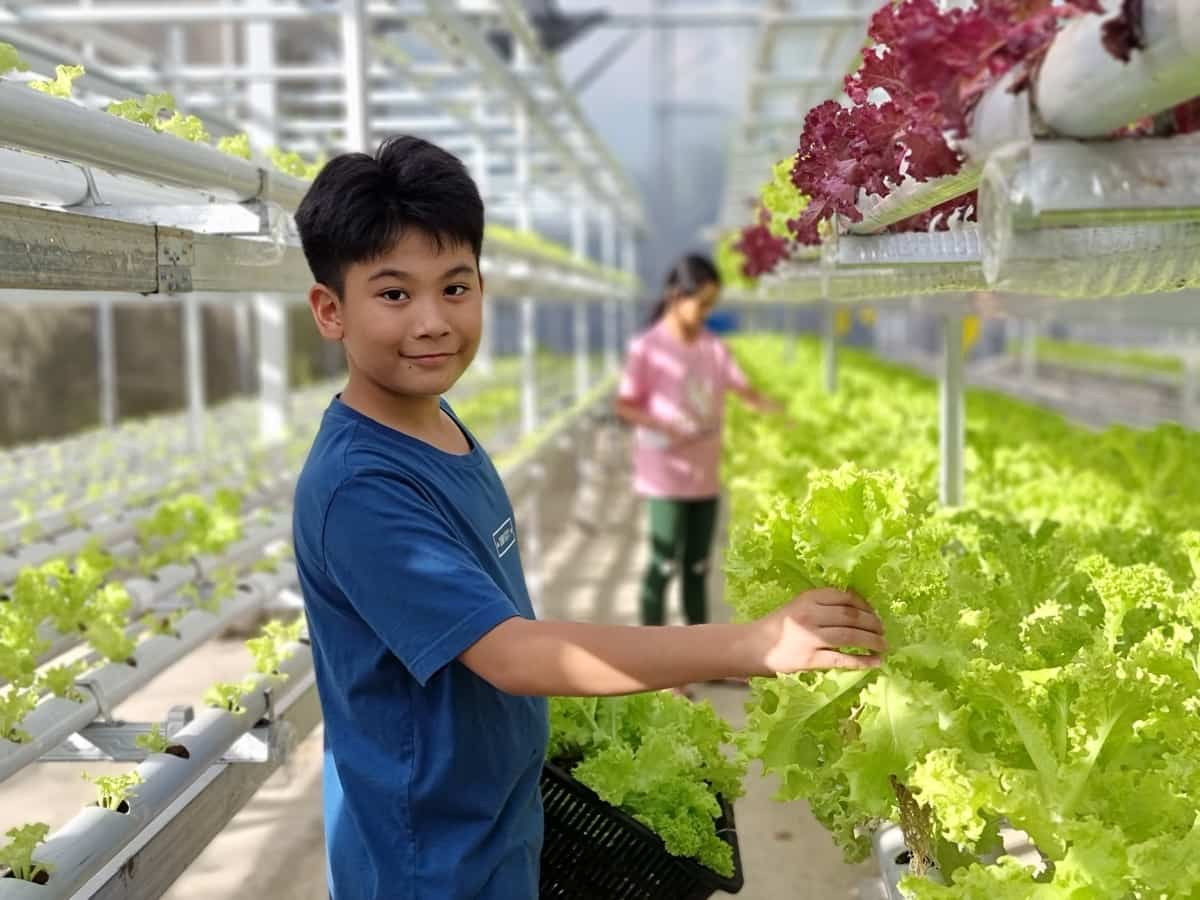
Conclusion
Hydroponic farming means where plants are grown in water instead of soil. This farming method can grow various crops, including vegetables, fruits, and herbs. Hydroponic farming is a great option for those who want to start their farm or garden, as it requires less space and fewer resources than traditional methods of agriculture.
- How to Build a Low-budget Goat Shed: Cheap Ideas and Tips
- Goat Farming Training Programs in India: A Beginner’s Guide
- Types of Pesticides Used in Agriculture: A Beginner’s Guide
- Economical Aquaculture: A Guide to Low-Budget Fish Farming
- 15 Common Planting Errors That Can Doom Your Fruit Trees
- How to Make Houseplants Bushy: Effective Tips and Ideas
- Innovative Strategies for Boosting Coconut Pollination and Yield
- Pollination Strategies for Maximum Pumpkin Yield
- The Complete Guide to Chicken Fattening: Strategies for Maximum Growth
- Natural Solutions for Tulip Problems: 100% Effective Remedies for Leaf and Bulb-Related Issues
- Revolutionizing Citrus Preservation: Towards a Healthier, Greener Future
- Natural Solutions for Peony Leaf and Flower Problems: 100% Effective Remedies
- Maximizing Profits with Avocado Contract Farming in India: A Comprehensive Guide
- Natural Solutions for Hydrangea Problems: 100% Effective Remedies for Leaf and Flowers
- The Ultimate Guide to Choosing the Perfect Foliage Friend: Bringing Life Indoors
- From Sunlight to Sustainability: 15 Ways to Use Solar Technology in Agriculture
- The Ultimate Guide to Dong Tao Chicken: Exploring from History to Raising
- The Eco-Friendly Makeover: How to Convert Your Unused Swimming Pool into a Fish Pond
- Mastering the Art of Delaware Chicken Farming: Essentials for Healthy Backyard Flocks
- 20 Best Homemade Fertilizers for Money Plant: DIY Recipes and Application Methods
- How to Craft a Comprehensive Free-Range Chicken Farming Business Plan
- Brighten Your Flock: Raising Easter Egger Chickens for Beauty and Bounty
- How to Optimize Your Poultry Egg Farm Business Plan with These Strategies
- Subsidy for Spirulina Cultivation: How Indian Government Schemes Encouraging Spirulina Farmers
- Ultimate Guide to Raising Dominique Chickens: Breeding, Feeding, Egg-Production, and Care
- Mastering the Art of Raising Jersey Giant Chickens: Care, Feeding, and More
- Ultimate Guide to Raising Legbar Chickens: Breeding, Farming Practices, Diet, Egg-Production
- How to Raise Welsummer Chickens: A Comprehensive Guide for Beginners
- How to Protect Indoor Plants in Winter: A Comprehensive Guide
- Ultimate Guide to Grow Bag Gardening: Tips, Tricks, and Planting Ideas for Urban Gardeners
- Guide to Lotus Cultivation: How to Propagate, Plant, Grow, Care, Cost, and Profit
- Agriculture Drone Subsidy Scheme: Government Kisan Subsidy, License, and How to Apply Online
- Ultimate Guide to Raising Araucana Chickens: Breed Profile, Farming Economics, Diet, and Care
- Bringing Hydroponics to Classroom: Importance, Benefits of Learning for School Students
- Ultimate Guide to Raising Polish Chickens: Breed Profile, Farming Economics, Diet, and Care
- Ultimate Guide to Raising Australorp Chickens: Profile, Farming Economics, Egg Production, Diet, and Care